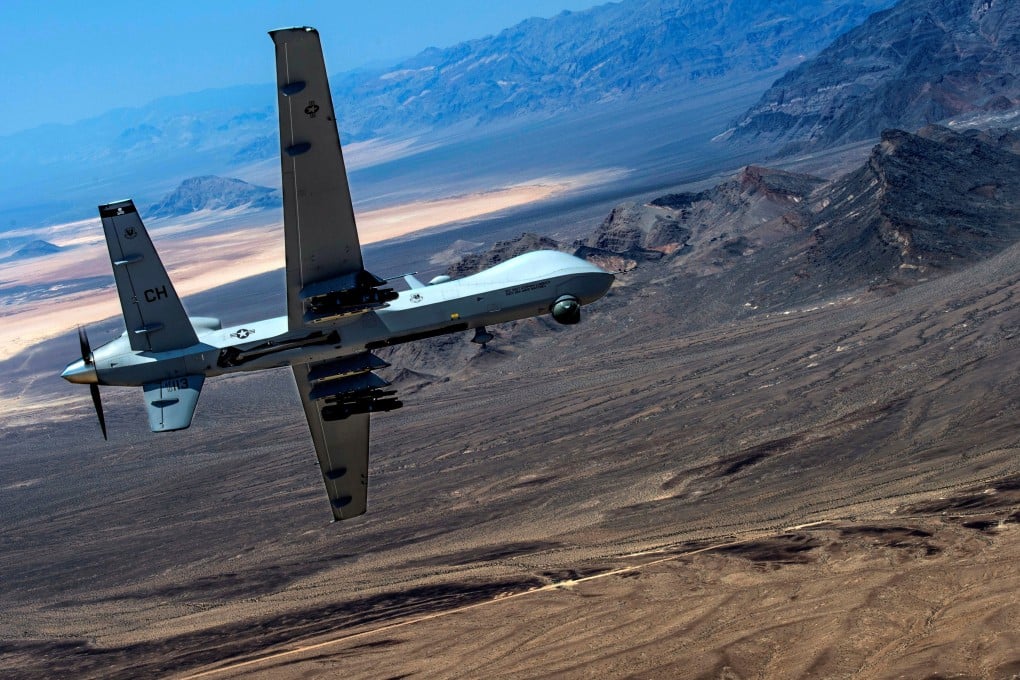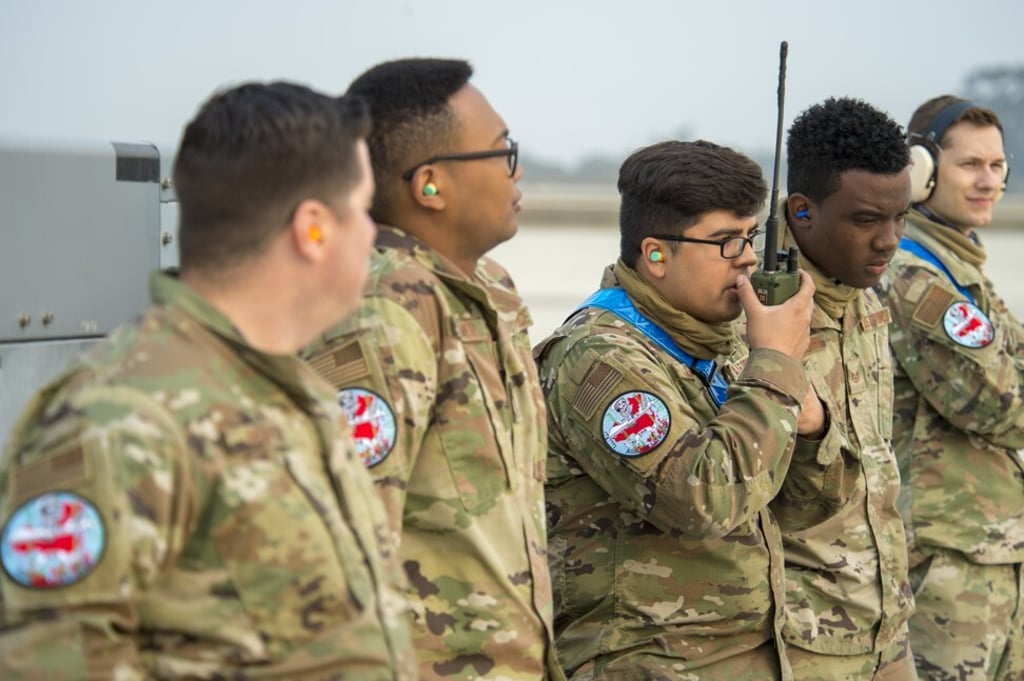What could China do to hit back at a US drone attack?
- One option could be to target the base where the American unmanned vehicle came from, a Chinese strategist says
- Assessment follows a shift in US drone exercises towards the Pacific

China’s most effective response to a multiple US drone attack could be to hit back at the unmanned vehicles’ base and destroy the entire fleet, a Chinese military analyst suggested after reports that a recent US drone exercise might have been aimed at China.
So the most effective countermeasure could be to shoot down at least one enemy drone, use data from the debris to determine where it came from and then blow up the rest of the fleet at its base, the observer said. That though could lead to a rapid escalation in tensions.
“The Chinese military could locate the drone base’s once they have shot it down and collect the data … the most effective countermeasure is to blow up the base and destroy the whole fleet,” said Zhou Chenming, a researcher from the Yuan Wang, a Beijing-based military science and technology institute.

The assessment was made in response to a report by the US-based Air Force magazine that the US staged a simulated island assault exercise in California in September involving the MQ-9 Reaper drone.